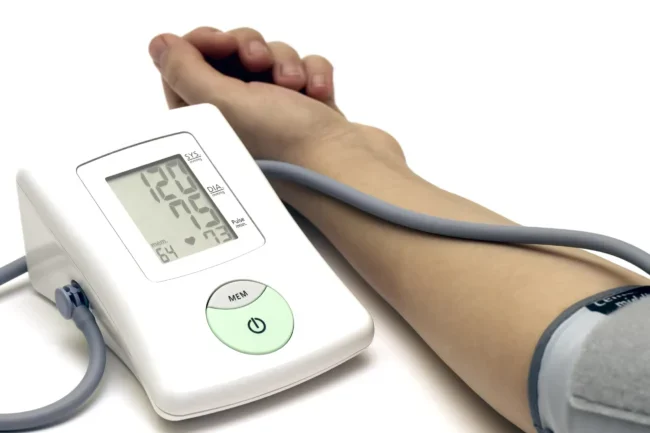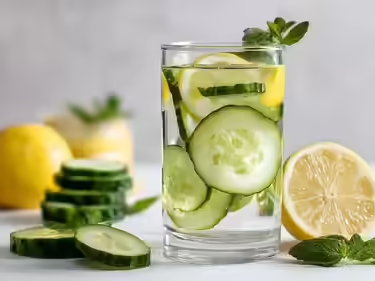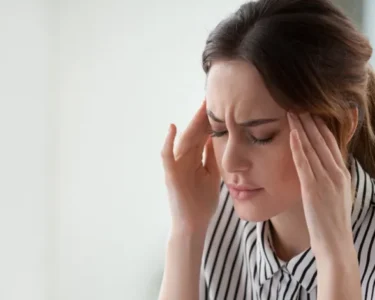Here are some home remedies and lifestyle changes that may help in managing low blood pressure:
- Increase Salt Intake: Consuming a little more salt than usual can help raise blood pressure. However, it’s important to consult with a doctor before significantly increasing salt intake, especially for individuals with conditions like hypertension or kidney problems.
- Stay Hydrated: Dehydration can lower blood pressure. Make sure to drink plenty of water throughout the day, especially if you’re feeling dizzy or light-headed.
- Compression Stockings: These can help prevent blood from pooling in the legs and improve circulation, thereby raising blood pressure.
- Eat Small, Frequent Meals: Large meals can cause a temporary drop in blood pressure, so opting for smaller, more frequent meals can help stabilize blood pressure.
- Avoid Alcohol: Alcohol can lower blood pressure, so it’s best to limit consumption, especially if you’re prone to low blood pressure.
- Caffeine: Consuming caffeinated beverages like coffee or tea can temporarily raise blood pressure. However, be mindful not to overdo it, as excessive caffeine intake can have negative effects.
- Regular Exercise: Engaging in regular physical activity, especially activities that involve standing up, can help prevent blood pressure from dropping too low.
- Elevate the Head While Sleeping: Using pillows to elevate the head while sleeping can help prevent blood from pooling in the legs, thus reducing the risk of low blood pressure upon standing up.
- Avoid Standing for Long Periods: If you have low blood pressure, try not to stand for long periods without moving. If you need to stand, try shifting your weight from one leg to the other or doing calf raises to help maintain circulation.
- Consult a Doctor: If you experience persistent symptoms of low blood pressure or if lifestyle changes aren’t effective, it’s important to consult a healthcare professional for further evaluation and treatment.
Remember, these remedies are not meant to replace medical treatment but can be used in conjunction with it under the guidance of a healthcare provider.







